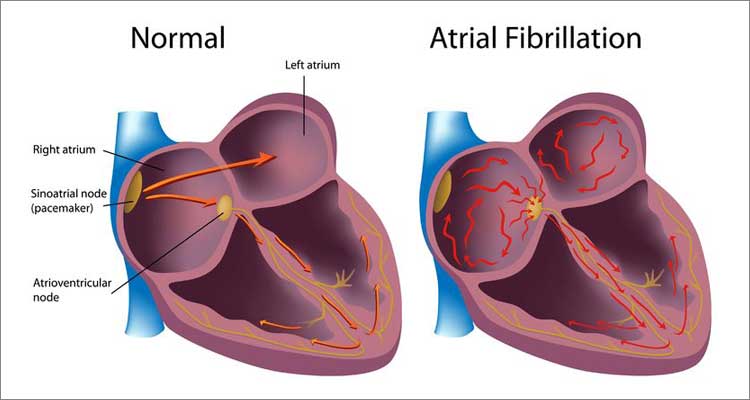
Atrial fibrillation is treated by a heart surgery called the Maze procedure.
4 chambers make up the heart. There are two ventricles and two atria, which are the upper and lower chambers, respectively. The signal to begin beating is typically given by a specialised set of cells termed the sinoatrial (SA) node in the right atrium, the upper right chamber of the heart. In atrial fibrillation, the sinoatrial node does not get the proper signal to initiate the heartbeat. The signal instead starts someplace else in the atria. Because of this, the atria palpitate or "fibrillate." To transfer blood to the ventricles, the atria cannot ordinarily contract. The ventricles have irregular and occasionally accelerated contractions as a result of the chaotic signal spreading to them. The ventricles may not be able to pump enough blood to the body because the atria and ventricles are no longer synchronised in their contraction.
A number of tiny slices are made in the atrium during a typical Maze treatment, and the atrium is subsequently stitched back together. These incisions prevent the electrical signal from the heart from passing through. The aberrant signals that produced the atrial fibrillation no longer travel through the sliced region. As a result, the heart can stop fibrillating and the rhythm can return to normal. The Maze treatment is typically performed as part of open heart surgery with the aid of a cardiopulmonary bypass machine.
In place of cutting, doctors can block the aberrant impulses by freezing the tissue or applying radiofrequency energy. With these techniques, the surgeon might be able to perform open-heart surgery with less invasive techniques.
Contact an MAZE procedures for Atrial Fibrillation specialist by calling 9820160600 or sending an email to info@drpavankumar.in



